Finalized and best performing version. Variable geometry wing sweeps back with throttle but when tight turns are needed the wings sweep forward to get the center of lift closer to the center of gravity. For best Maneuverability pull power back to around 40 to 50 percent and initiate the turn. Sweep angle will be at greatest with no throttle selected to allow for best controllability while landing at slow speeds. ag1 drops outboard missile pod, ag2 drops inboard pod, ag3 dumb fires missles, ag 6 and 7 are for landing parachutes(I separated them to simulate deployment failure) ag 8 is for lights. This version is significantly easier to land than my last 2 iterations. The big inlet cowls still act as speed breaks at low altitudes but allow the aircraft to top 3900 mph at 85,000 feet. Max altitude reached 475,000 feet. max speed below 15,000 is limited by drag count to approximately 1800 to 2100mph, so she is stable and will not fly apart due to speed. landing speed is around 195. manuevering stall speed is below 180 mph. landing procedures are pull throttle to 2 percent at 10 miles, allow engine to spool down, commence approach once altitude is below 8000 ft and speed is slowing. Speed will bleed off quickly at low altitudes with no throttle so keep it up around 2 percent until crossing the numbers.
Specifications
General Characteristics
- Predecessor FOX-AIR M7A6
- Created On Android
- Wingspan 41.4ft (12.6m)
- Length 42.5ft (13.0m)
- Height 13.9ft (4.2m)
- Empty Weight 16,164lbs (7,332kg)
- Loaded Weight 16,164lbs (7,332kg)
Performance
- Power/Weight Ratio 1.39
- Wing Loading 31.0lbs/ft2 (151.3kg/m2)
- Wing Area 521.5ft2 (48.4m2)
- Drag Points 4463
Parts
- Number of Parts 182
- Control Surfaces 6
- Performance Cost 1,122

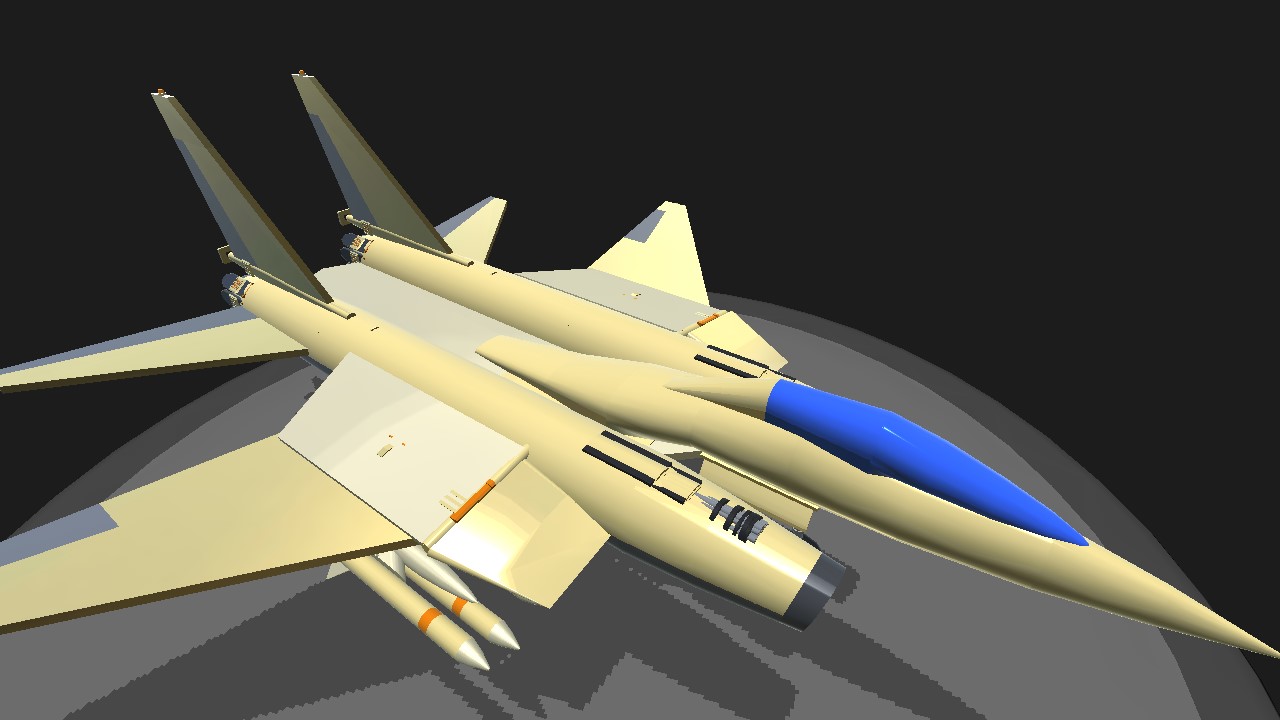

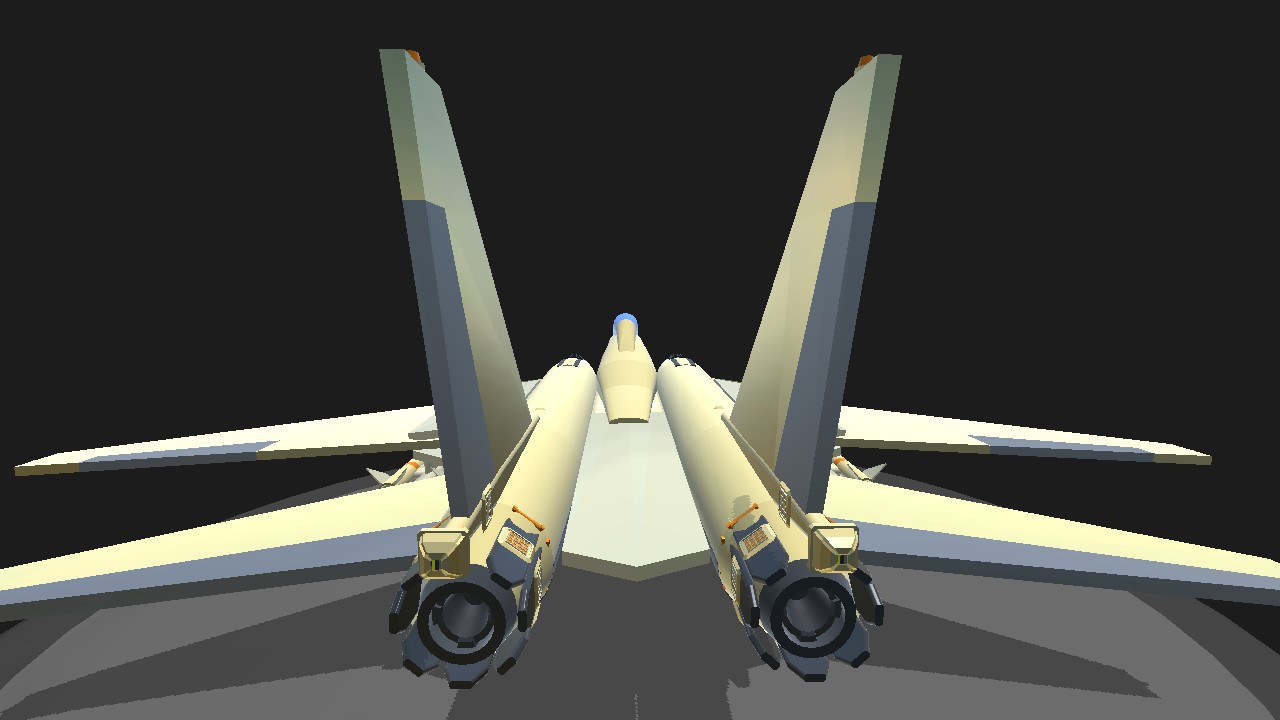
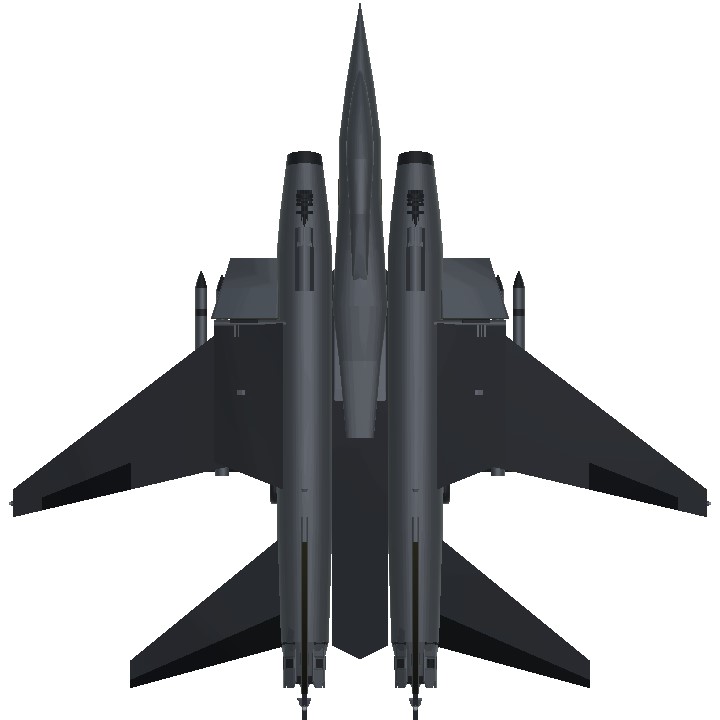
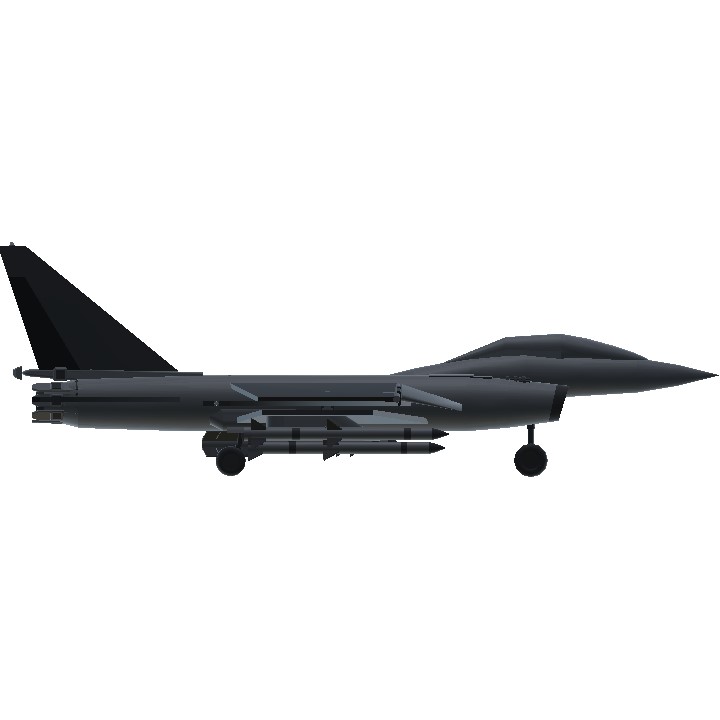
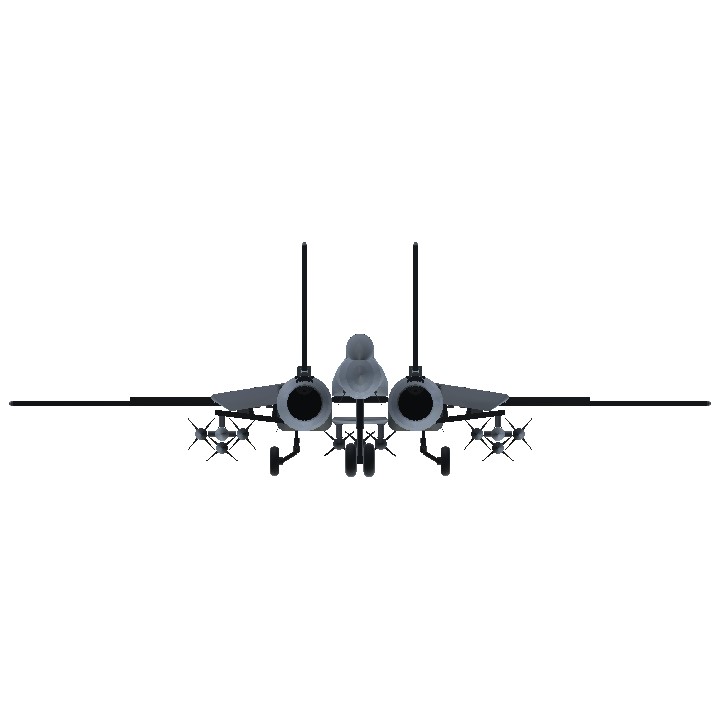
I forgot to add that unlike the previous iterations the landing parachutes are no longer required. This model can perform short field take off and landings with minimum ground roll out. Carrier landings are possible only with the use of the parachutes. Carrier take offs are not an issue except for the shear size of the wingspan.
Credit to the original builder for the fuselage.